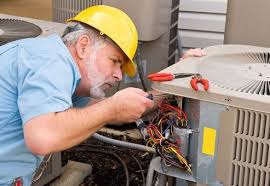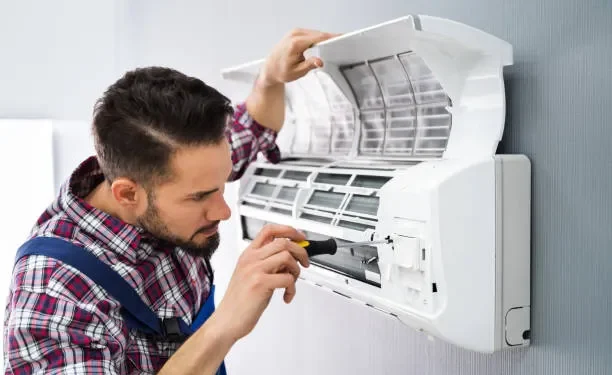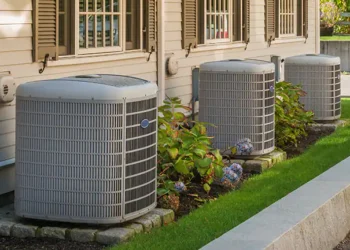Introduction
Discover the intricate process of HVAC repair with our guide. From diagnostics to troubleshooting, gain insights into Expert HVAC Services for comprehensive solutions. Heating, Ventilation, and Air Conditioning (HVAC) systems are essential for maintaining a comfortable and healthy indoor environment. However, like any mechanical system, HVAC units can encounter issues over time that require repair. Understanding the process involved in HVAC repair can help homeowners and business owners navigate these situations more effectively. In this blog post, we’ll delve into the various aspects of HVAC repair, from identifying problems to troubleshooting and finding solutions.
HVAC Repair: Identifying the Problem
The first step in the HVAC repair process is identifying the problem. This often involves troubleshooting by observing the system’s behavior, listening for unusual noises, and checking for any visible signs of damage or malfunction. Common issues that may indicate the need for repair include uneven heating or cooling, poor airflow, strange odors, unusual sounds, and increased energy bills.

Diagnostic Testing
Once the problem has been identified, HVAC technicians will conduct diagnostic testing to pinpoint the root cause of the issue. This may involve testing various components of the system, such as the thermostat, electrical connections, motors, fans, coils, and refrigerant levels. Diagnostic testing helps ensure that the repair process is targeted and efficient, saving both time and money for the homeowner or business owner.
Repair or Replacement
After identifying the problem and conducting diagnostic testing, HVAC technicians will determine whether repair or replacement is necessary. In some cases, minor issues can be addressed through simple repairs, such as replacing a worn-out part or repairing a leak. However, if the damage is extensive or if the system is outdated and inefficient, replacement may be recommended to ensure optimal performance and energy efficiency. Understanding the process of HVAC repair involves various steps, from diagnosing the issue to implementing solutions, and relies on the expertise of professionals providing expert HVAC services.
Parts and Components
If repair is deemed necessary, HVAC technicians will procure the necessary parts and components to fix the problem. This may involve ordering replacement parts from suppliers or accessing a stock of commonly used components. It’s essential to use high-quality parts and components to ensure the longevity and reliability of the HVAC system after repair.
Repair Process
The repair process itself will vary depending on the nature of the problem and the type of HVAC system involved. For example, repairing a malfunctioning thermostat may require recalibration or replacement, while fixing a refrigerant leak may involve locating the leak, repairing the damaged area, and recharging the system with refrigerant. HVAC technicians will follow industry best practices and manufacturer guidelines to ensure that repairs are carried out safely and effectively.
Testing and Calibration
Once the repair work is complete, HVAC technicians will test the system to ensure that it is functioning correctly. This may involve running diagnostic tests, checking temperature and airflow levels, and verifying that all components are operating as intended. Calibration may also be necessary to fine-tune the system for optimal performance and efficiency.
Preventive Maintenance
In addition to repair work, HVAC technicians may recommend preventive maintenance to help prevent future issues and prolong the lifespan of the system. This may include regular inspections, cleaning, lubrication, and adjustments to ensure that all components are operating smoothly. Preventive maintenance can help identify potential problems early on and address them before they escalate into costly repairs.
Conclusion
HVAC repair is a multi-step process that involves identifying the problem, conducting diagnostic testing, repairing or replacing components as needed, and ensuring that the system is functioning correctly. By understanding the various aspects of HVAC repair, homeowners and business owners can make informed decisions and take proactive steps to keep their HVAC systems running smoothly. Regular maintenance and prompt repairs are essential for ensuring the comfort, efficiency, and longevity of HVAC systems in any residential or commercial setting.








Comments 2